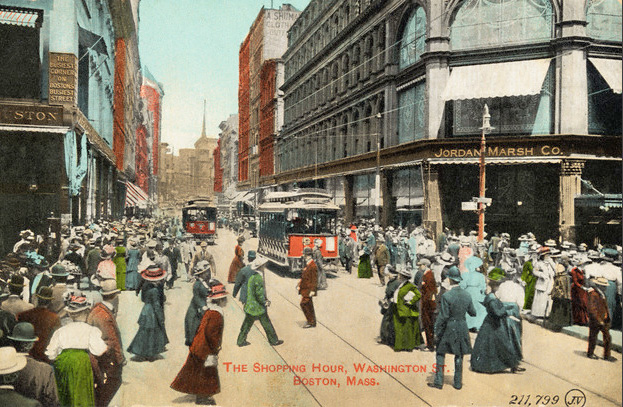course
MIT School of Architecture + Planning
Site and Urban Systems Planning 11.304J / 4.255J (4-0-8)
F 10:00-2:00
RM. 10-485
Prof. Eran Ben-Joseph
The course addresses the range of practical approaches involved in evaluating and designing site systems within the context of urban, natural and cultural systems. During the semester we will work with the city of Boston on one major design and planning project aim at providing specific ideas for the construction and implementation of the City’s bicycle plan components and Complete Streets Imitative.
complete streets
'complete streets' is an initiative by which cities, states, and other jurisdictions make a policy decision that all future roadway projects will be designed to safely accommodate all uses - pedestrians, bicyclists, motorists, transit riders and vehicles, and people of all ages and abilities, including children, older adults, and people with disabilities. The cause has been taken up by the National Complete Streets Coalition, formed in 2005 by a number of transportation user and practitioner groups, including AARP, the American Planning Association, and America Bike.
shared streets
'shared street' is a common space created to be shared by pedestrians, bicyclists, and low-speed motor vehicles. They are typically narrow streets without curbs and sidewalks, and vehicles are slowed by placing trees, planters, parking areas, and other obstacles in the street. Motorists become the intruders and must travel at very low speeds below 16 km/h (10 mi/h). This makes a street available for public use that is essentially only intended for local residents or businesses. A shared street can be a residential street, or it can be a street in a commercial area. In the latter case, the streets are often populated by restaurants, cafes, merchant displays, street vendors, and other outdoor commercial uses. The term being commonly used in English; its origins are based in the concept of a "woonerf," which is a Dutch term loosely meaning "residential yards."
green streets
A street that uses vegetated facilities to manage stormwater runoff at its source is referred to as a Green Street. A Green Street is a sustainable stormwater strategy that meets regulatory compliance and resource protection goals by using a natural systems approach to manage stormwater, reduce flows, improve water quality and enhance watershed health.
context sensitive solutions
CSS is a collaborative, interdisciplinary approach that involves all stakeholders to develop a transportation facility that fits its physical setting and preserves scenic, aesthetic, historic and environmental resources, while maintaining safety and mobility. CSS is an approach that considers the total context within which a transportation improvement project will exist. CSS principles include the employment of early, continuous and meaningful involvement of the public and all stakeholders throughout the project development process.
